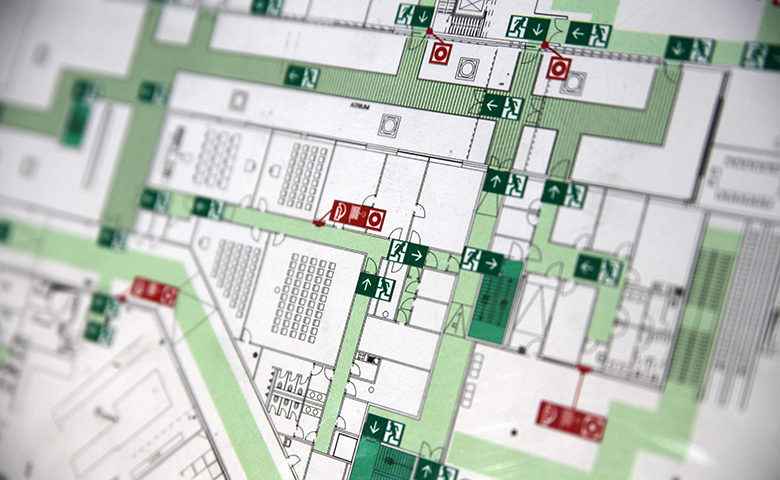From natural disasters to a fire breaking out, emergencies can be as unexpected as they are destructive. While some people have a plan for what they would do at home, according to a poll conducted by the NSC, one-third of American workers do not feel prepared for an emergency.
September is National Preparedness Month. Since you can’t predict when an emergency will strike, your workplace emergency action plan needs to be thorough. Ensure that your plan has all of the essential elements. Some workplaces only prepare workers on what to do in case of fire, but it’s important to develop a plan for other emergencies that have a high probability of occurring. Be aware of the risks for your workplace and geographical area, and craft a blueprint for safety to ensure that you’re ready for anything.
Emergency plans should be adaptable to all hazards—both predicted and unexpected. Here are a few key elements to take into consideration:
-
- Do different types of drills. While evacuation drills are important, performing various drills under hypothetical conditions is most effective. Performing the same drill can cause people to become complacent and in the event of a real emergency, the participants find they are not able to react accordingly. Ensure your evacuation drills take into account that your employees may not always be able to go out the same exit. It’s better for your employees to be caught off-guard during a drill then a real-life emergency situation.
- Assign specific tasks to different people within the building and cross-train other workers to ensure that everyone in the facility knows exactly what to do (and what others are supposed to do) in the case of an emergency. Evacuation procedures and the responsibilities of all employees can be improved with regular drills, but a full team effort is required. It’s especially important that employees who are assigned responsibilities within the plan understand their role.
- Keep your plan active. If you’ve already got a plan, consider whether it’s gone stale. Making an emergency response program is a lot of work and once created they’re often put on a shelf and forgotten. Updating contact information tends to gets overlooked so particular attention needs to be paid to staff who are no longer employed by the company, noting all departures or replacements within the emergency plan.
- Quiz people on your equipment. Since the fire extinguishers (hopefully) aren’t used regularly, people will often walk by them without giving them another thought. Communication and training around the emergency plan are essential because it’s easy to overlook the locations of fire extinguishers, alternate emergency exits and first aid kits. On regular inspections, ask employees to tell you where two fire extinguishers are or to name three emergency exits. Putting them on the spot will give them the same reaction they’d have in an emergency situation and they’re less likely to become complacent about them in the future if they’re expecting you to ask again.
- Keep emergency supplies in your car. In an immediate evacuation scenario, it’s not always possible to get back to your desk to retrieve the items you need for the evacuation. It’s a good idea to keep a backup emergency kit in your car. Items like an emergency contact list, pen and paper, a blanket in the event you (or someone else) was not able to get their jacket, and a small first aid kit are all important to be accessible just in case.
Knowing exactly what to do in any given situation could be the difference between life and death, and being familiar with basic emergency response practices can help you effectively respond to a crisis. When faced with an emergency situation, adequate training, preparation and an emergency action plan will increase the chances of safely dealing with the situation. And taking these extra steps will help ensure your employees are prepared to handle any disaster.

